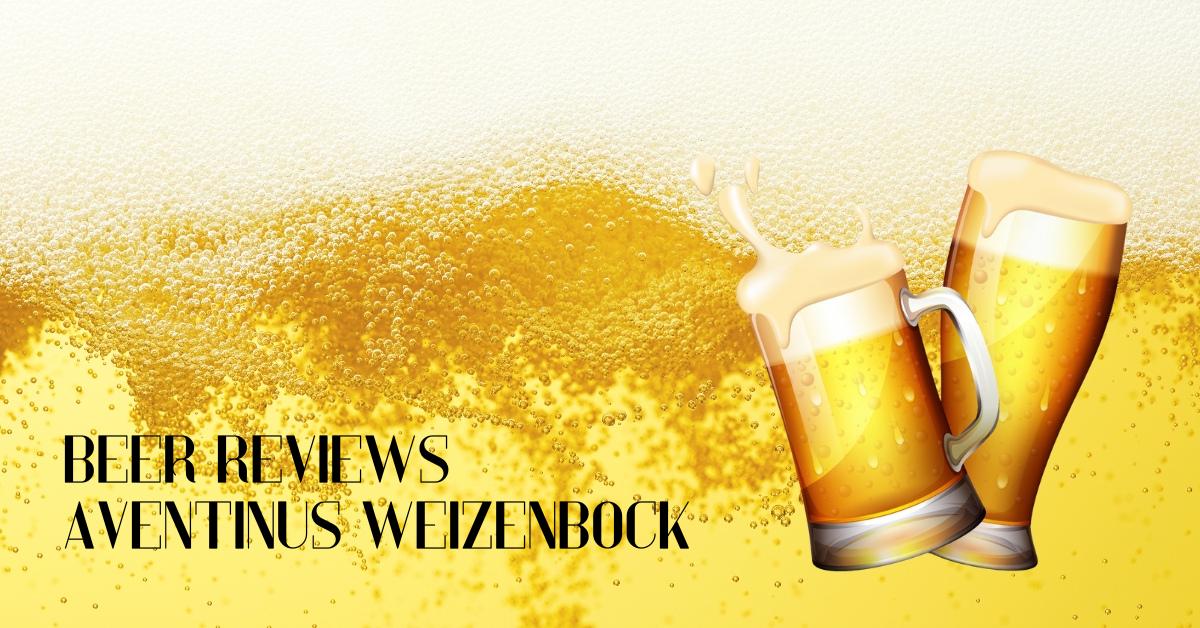Brewed by the esteemed Schneider Weisse brewery in Germany, the Aventinus Weizenbock carries the legacy of Bavarian brewing with pride and innovation. As a lover of fine beers, discovering Aventinus Weizenbock is akin to uncovering a hidden gem rich with flavors and history. Let’s dive into the essence of what makes Aventinus not just a beer but a memorable experience.
About The Aventinus Weizenbock
The Aventinus Weizenbock, with its deep mahogany hue and creamy, lingering head, invites you into a world where beer is not just consumed but celebrated. Crafted first in 1907 by Mathilde Schneider, it marked a turning point in the Schneider Weisse brewery’s illustrious history. Named after the 16th-century Bavarian historian Johannes Aventinus, this beer embodies a blend of history, culture, and unparalleled brewing skill.
What sets Aventinus apart is its classification as a Weizenbock – a stronger, richer variant of the traditional wheat beer. It harmoniously combines the fruitiness of a classic Weissbier with the malty richness of a bock, offering a unique and compelling flavor profile that challenges and delights the palate.
Also Read
My Review of Aventinus Beer
Aventinus is one of those ales where you remember your first taste. My first bottle of this fine, German Weizenbock, was purchased from a liquor store at a nearby mall. I was young, just taking my first halting steps into the world of educated beer snobbery. So I took my bottle of Aventinus home, poured it into a glass, and drank deeply. And oh, brother, I hated that beer. It was just too much. It was hazy and brown and tasted like leather and horse blankets.
Fortunately, my opinion of Aventinus has changed somewhat. My horizons have broadened since then, and I’ve taken the time to learn a little about the beers I drink. For instance, according to BJCP style guidelines, Aventinus (first produced in 1907) is the oldest example of the Weizenbock. The Weizenbock as a style is like other hefeweizens except made like a doppelbock. Partly, this means a beer of 6.5-8% abv. You can expect greater depth and intensity than “average” hefeweizens. All the flavors and aromas are there, only intensified. The aromas of ripe bananas and bubblegum become dried pitted fruits and fruitcakes, for example.
Aventinus pours a nice russet brown with red highlights into my glass. Light carbonation supports a dense off-white head with excellent retention. Taking my first whiff, the aroma has much to offer. Leather, horse blankets, the rich, sweet smell of dried pitted fruits. Some aromas remind me of figs, dates, and fruitcake. These aromas are backed up by scents of tobacco, cloves, and other spices. So far, the aroma is a testament to power, balance, and subtlety.
Taking my first taste, Aventinus starts out sweet, with all raisins, leather, and dried pitted fruits. Sweetness moves into a full, rounded center. Flavor follows aroma here with hints of leather, tobacco, and a mild horsiness. The finish is luxurious and lasting, bringing the flavors together with hints of clove and Christmas spice. The alcohol content doesn’t make itself known anywhere on the palate.
As we conclude this review, Aventinus is a fine beer. It’s full without being filling. Aventinus is delicious and complex without being overpowering. The alcohol doesn’t make itself known despite its 8.2% strength, making Aventinus dangerously drinkable, a velvet hammer if you will.
Worthy of a 9.2 out of 10.
If I were to recommend Aventinus to other people, it would be to those beer aficionados who’ve broadened their palate a little bit. If your palate is restricted to lighter American microbrews, you might want to hold off for a while. If, on the other hand, you enjoy big beers with lots of depth, then Aventinus is definitely for you.













